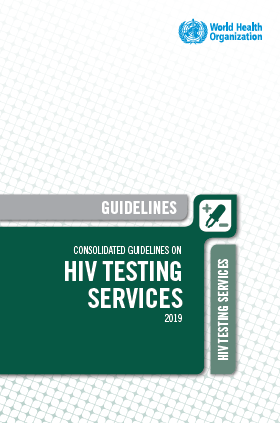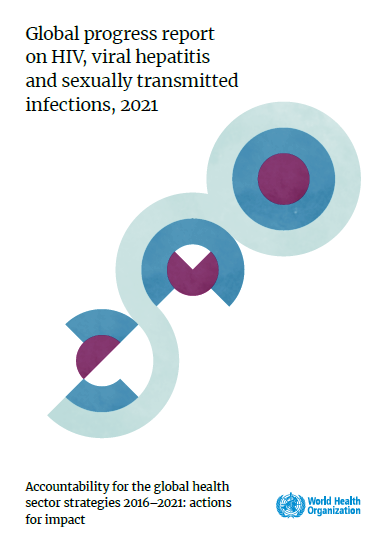Hepatitis B infection is caused by the hepatitis B virus, an enveloped DNA virus that infects the liver, causing hepatocellular necrosis and inflammation.
Chronic hepatitis B – defined as persistence of hepatitis B surface antigen (HBsAg) for six months or more – is a major public health problem.
Worldwide, there are an estimated 240 million chronically infected persons, particularly in low- and middle-income countries. The major complications of chronic hepatitis B are cirrhosis and hepatocellular carcinoma. Between 20% and 30% of those who become chronically infected will develop these complications, and an estimated 650 000 people will die annually from hepatocellular carcinoma and cirrhosis due to chronic hepatitis B. The majority of people are unaware of their HBV infection, and therefore often present with advanced disease.
These are the first WHO guidelines for the prevention, care and treatment of persons living with chronic hepatitis B infection.
The recommendations are structured along the continuum of care for persons with chronic hepatitis B from initial assessment of stage of disease and eligibility for treatment, to initiation of first-line antiviral therapy and monitoring for disease progression, toxicity and hepatocellular carcinoma, and switch to second-line drugs in persons with treatment failure. They are intended for use across age groups and adult populations.
Guidelines for the prevention, care and treatment of persons with chronic hepatitis B infection





 Consolidated guidelines on HIV testing services
Consolidated guidelines on HIV testing services Epidemiology of hepatitis C virus in the WHO Eastern Mediterranean Region: implications for strategic action
Epidemiology of hepatitis C virus in the WHO Eastern Mediterranean Region: implications for strategic action HIV test–treat–retain cascade analysis: Guide and tools 2017 Second edition
HIV test–treat–retain cascade analysis: Guide and tools 2017 Second edition
 Global progress report on HIV, viral hepatitis and sexually transmitted infections, 2021
Global progress report on HIV, viral hepatitis and sexually transmitted infections, 2021